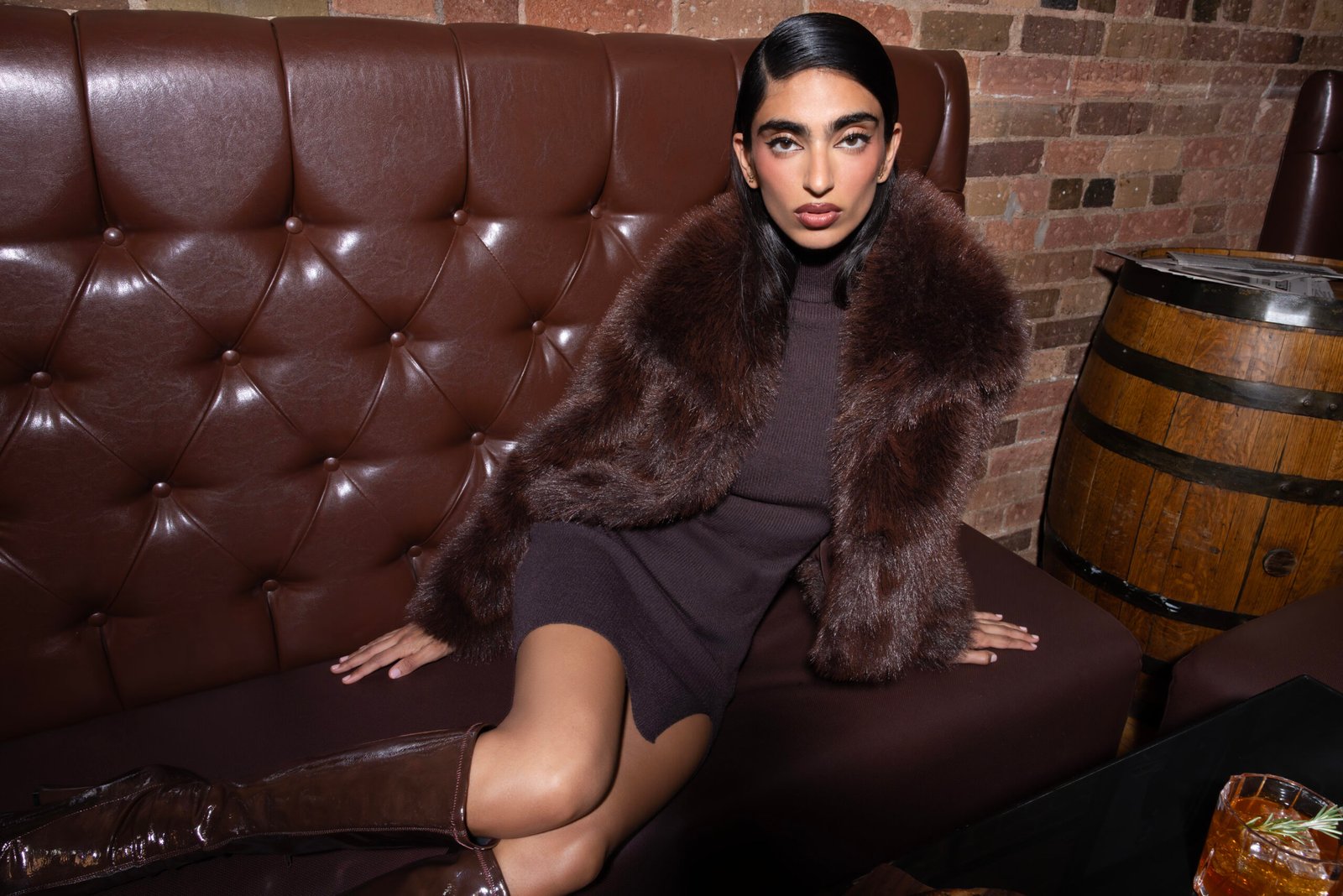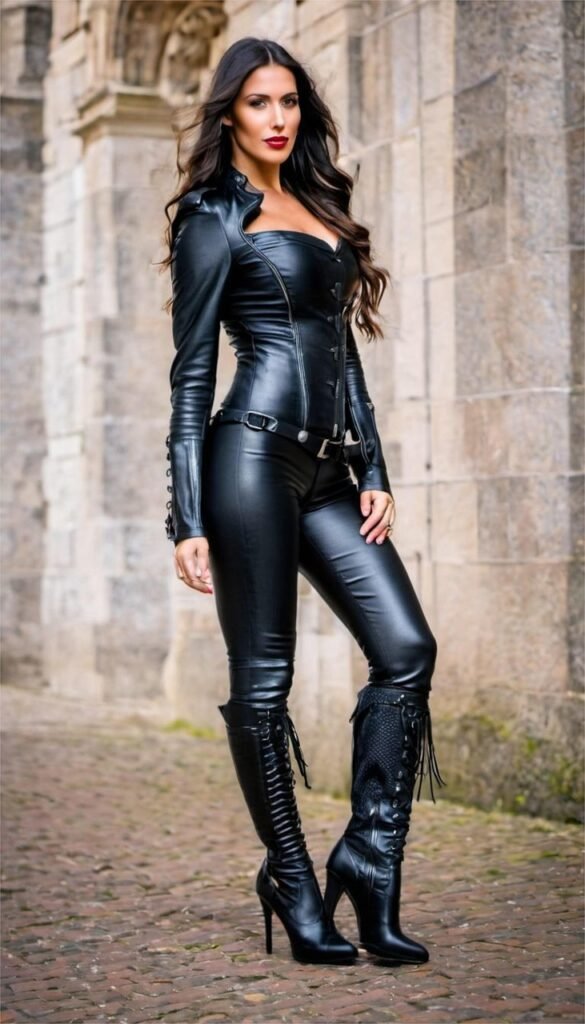
2025 Visual Shift: How Bold Colour, AI & Interactivity Are Transforming E-Commerce Photography
The Visual Revolution Is Already Here
In 2025, shoppers are no longer “viewing” products — they’re experiencing them.
Scroll through any online store today, and you’ll notice something:
Static, flat visuals are losing attention fast.
Consumers are drawn to motion, color energy, and smartly edited images that feel alive.
They expect every photo to speak the brand’s personality, match their mood, and inspire confidence — instantly.
That’s the essence of the 2025 visual shift:
E-commerce imagery isn’t just about showing a product anymore.
It’s about immersing the buyer in a moment.
The Colour Comeback — Why Bold Is the New Neutral
Muted tones had their run. The 2020s began with minimalist, soft, beige branding — clean, calm, and forgettable.
But as consumer attention spans dropped and competition grew, brands realized something crucial:
✨ Color sells emotions faster than words can.
What’s Changing:
Vivid backgrounds (electric blues, deep corals, hot pinks) are replacing plain whites.
Color blocking is back — creating instant visual hierarchy and product focus.
Brand-coded color tones (like Glossier’s blush pink or Apple’s deep gray) are being baked directly into imagery, not just packaging.
Why It Works:
85% of consumers say color is the primary reason they buy a specific product (Kissmetrics study).
Bright, confident tones break monotony on product grids and social feeds.
Emotionally resonant colors (like energetic reds or trustworthy blues) influence conversion behavior.
✅ Pro Tip:
For eCommerce brands, don’t just retouch your images — color-grade them for emotion.
That’s how you turn a photo into a feeling.
AI-Driven Editing — The New Creative Partner
AI isn’t replacing photographers — it’s amplifying them.
In 2025, photo studios and eCommerce brands are using AI editing tools to deliver faster, smarter, and more consistent visuals at scale.
What AI Is Doing Right Now:
Smart Retouching: AI adjusts exposure, shadow, and texture for each product category.
Color Calibration: Auto-matches tones across hundreds of SKUs — critical for apparel, cosmetics, and tech.
Style Learning: Tools “learn” brand preferences (contrast, highlight levels, retouching style) and apply them automatically.
Quality Control: AI flags pixel inconsistencies, background issues, and reflection errors before final export.
The result?
What took a team of retouchers three days in 2022 now takes a few hours in 2025.
Real-World Example:
A leading fashion retailer integrated AI retouching into their post-production pipeline and achieved:
🚀 45% faster delivery of campaign visuals
💰 30% lower editing cost per SKU
🎨 Consistent visual tone across 1,200+ product listings
✅ Pro Tip:
Use AI as your consistency engine — not your creativity substitute.
Let humans focus on storytelling; let AI handle precision and repetition.
Interactive Product Imagery — Turning Browsers Into Buyers
We live in the scroll economy — and flat images simply don’t hold enough gravity anymore.
That’s why 2025 is witnessing a massive adoption of interactive visuals:
360° product spins
Zoomable textures
Motion-based “hover” animations
Micro-videos that show the product in use
Why This Matters:
Interactive visuals increase time-on-page by up to 32% (Shopify 2025 data).
They reduce return rates by helping customers make more informed decisions.
They work brilliantly for tactile categories — fashion, home décor, tech, jewelry, and beauty.
Example:
A jewelry brand added 360° interactive renders to its product page.
Within two weeks, engagement rose by 54%, and returns dropped by 18%.
✅ Pro Tip:
Think of interactivity as conversion storytelling — give customers control, and they’ll give you commitment.

The Intersection of Creativity & Conversion
What unites these three trends — bold color, AI, and interactivity — is one thing:
They merge artistic appeal with data-backed performance.
It’s no longer enough for a product image to look “beautiful.”
It has to convert beautifully.
Bold color captures attention (top-of-funnel)
AI ensures speed and quality (mid-funnel)
Interactive content drives engagement and decision confidence (bottom-of-funnel)
That’s full-funnel visual strategy in motion — and 2025 brands are mastering it.
How E-Commerce Brands Can Stay Ahead
To stay future-ready, eCommerce studios and DTC brands should focus on adaptive workflows — ones that can integrate these new technologies without slowing down operations.
Here’s what that looks like:
AI in Pre-Production: Predict retouching needs before shooting.
Color Psychology in Art Direction: Build mood boards that speak emotion.
Interactive Integration: Plan your 360° and motion assets early — not as add-ons.
Performance Testing: A/B test visuals by color tone and interactivity style.
Continuous Learning: Let your editing AI evolve with each campaign.
When your creative process itself is data-informed, every visual becomes a performance asset — not just a file.

Final Thought — The Future Belongs to Visual Storytellers Who Adapt Fast
The future of eCommerce photography isn’t about more images — it’s about smarter, more sensory ones.
Brands that embrace boldness in color, intelligence in editing, and motion in visuals will own attention — the hardest currency in 2025 marketing.
The world doesn’t need another photo; it needs visual experiences that convert.
And those who master that craft will define what online shopping feels like in the years ahead.
By MubyTech
Global Image Editing Partner
Global Image Editing Partner